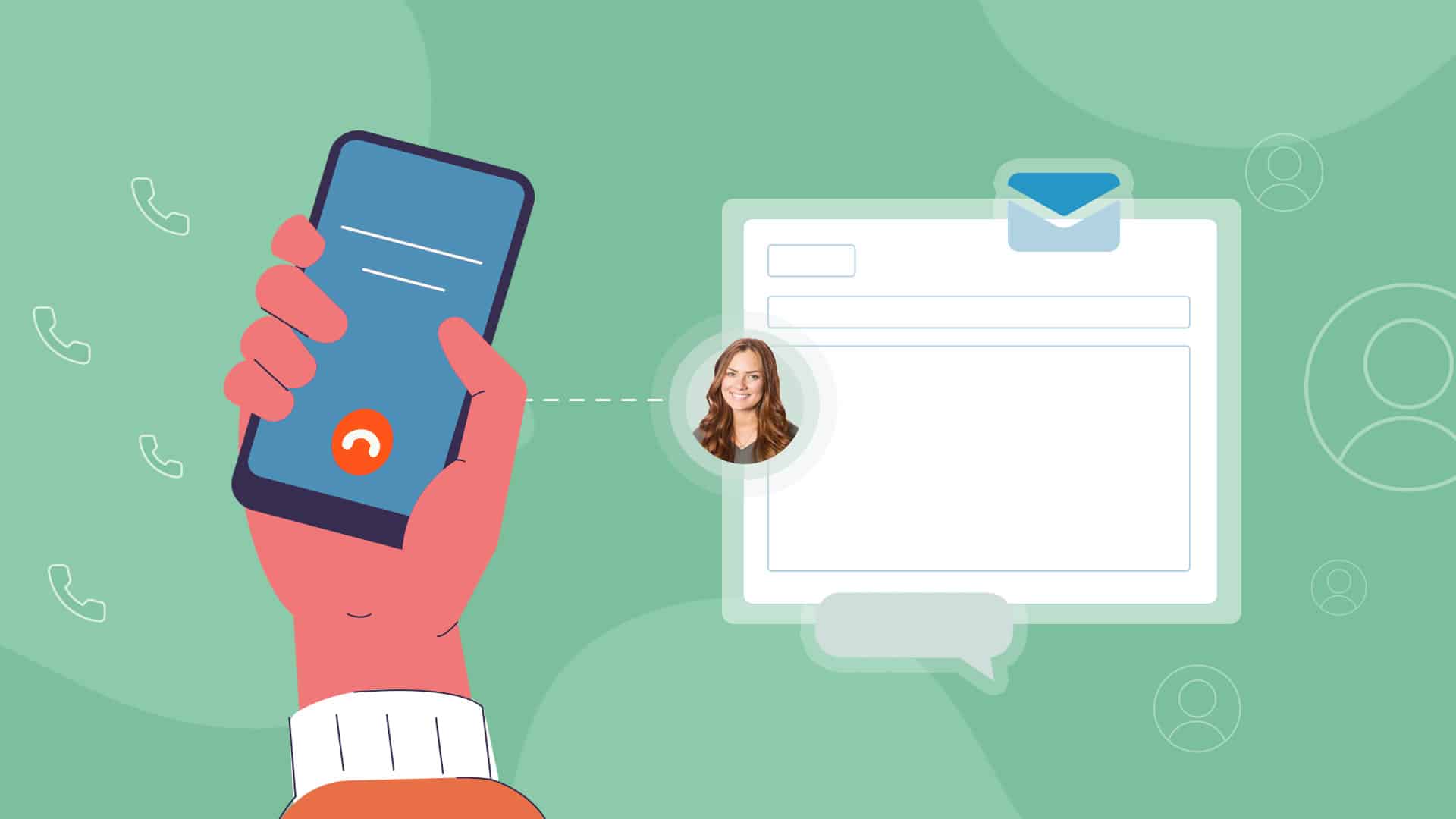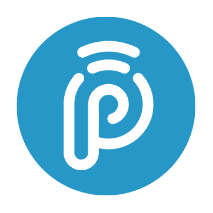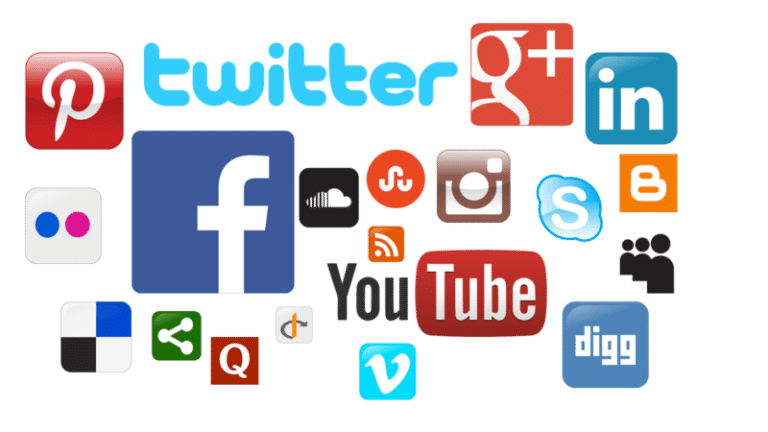6 Simple Ways to Automate Customer Communication
There’s a major trend that’s taken the business world by storm in recent years, and it’s transparency.
Customers like businesses who are transparent and proactive in their communication, as opposed to those who make it difficult for customers to get information that they want or need. While this is a great standard, it can undeniably present a challenge to small businesses with limited resources.
Human connection is and always will be a central part of a strong customer experience, but knowing when to automate customer communication can help you strike that perfect balance between a personal connection and proactive, lightning-fast response times.
In this post, we’re going to look at 6 simple ways to automate customer communication to save you time (and money!) while improving their overall experience, and we’ll take a quick look at what you never want to automate, too.
1. Order, Signup, & Payment Confirmations
When customers place an order or make a payment on your site, they don’t need a phone call, but getting an email to confirm that the order or payment was processed has become standard. It lets them know that everything went through, and gives you a chance to thank them and provide additional information about what to expect next.
You can also have emails or text messages (whichever the user opts into) automatically notify them when they’ve signed up for a free trial, a newsletter, or a lead magnet.
2. Shipping Updates & Delays
Has a customer’s order shipped? Has the shipment been delayed, either in leaving your warehouse or by the carrier?
Customers are typically going to be much happier to find out this information directly from you, as opposed to wondering where their package is. A quick update prevents them from needing to hunt down the information, improving their experience and keeping your customer support team from drowning in calls about shipping updates.
Many customers understand that shipping delays happen, especially right now while safety precautions and shortages are causing delays through multiple carriers. They just want to know about it once you know, and it’s easy way to automate customer communication.
3. When to Expect Products or Services
As a business owner or team member, you know everything about your workflow and internal processes. You know that when a customer makes a purchase, they can expect to have it shipped between two and four business days, for example, or that if a client requests a consultation, they’ll receive the results within 48 hours.
Your customers, however, don’t have access to this information, especially if it may change on a case-by-case basis. A jewelry store that’s creating custom pieces, for example, will need to wait for the chosen diamond to arrive in-store before they can even assemble the ring.
Keeping your customers updated about when to expect products or services with automated messages can be a huge game-changer. They’re happy to be kept in-the-know, and they can stay up-to-date without your team needing to pull themselves away from mission-critical tasks and true customer service emergencies.
4. Helpful Tips for Getting Started
Let’s say that you sell handcrafted ceramic dutch ovens. Your customers are anxiously awaiting their recent order. In the meantime, you can automatically send them emails following a purchase that give them information about how to use it, like seasoning it before its first use or general care instructions. You can even throw in a few of your favorite recipes.
In some industries, you may need additional information from your clients after the initial appointment, product, or service was made. A doctor, for example, can automatically generate a sign-up to their patient portal, where the patient can fill out forms instead of having to do so in office.
When you automate customer communication, it prevents valuable information from slipping through the cracks, ensuring that customers have the best experience possible with your business.
5. Basic Support & Commonly Asked Questions
While you know everything there is to know about your product, your service, your brand, and your company policies, your customers are likely to have plenty of questions at all points of the sale process.
Before they book an appointment to see a local neighborhood gym, for example, they might want to know about your cleaning and safety protocols, or whether they can work with a personal trainer.
And if you provide SaaS software, they may have questions about exactly what functionality your tool has and how to access it.
Think about the questions that prospects and existing clients frequently ask, and compile basic support and FAQ pages in an easy-to-find location on your site. You can distribute updates on your social media pages, too. For best results, make sure that these are search-friendly so customers can find exactly what they need quickly.
6. Product Updates & New Information
Do you have a new product release coming soon? Or maybe your SaaS tool has new features, or you have a new lawyer joining your practice.
Sending out information to your customers and clients through social media and email automatically is a good way to share the news. Your audience is kept up-to-date on all the exciting things happening with your business without your team members needing to reach out to each and every client.
When Not to Automate Customer Communication
The six options discussed above are each great examples of types of communications that your business can automate.
Keep in mind, however, some customer communications shouldn’t be automated, if at all possible. These may vary depending on your specific business and industry, but the following are typically best kept to human-to-human interactions:
Concerns involving secure or private information where you’ll need to verify the identity of the recipient, including medical, financial, or identifying information
Customer service issues that go beyond “where’s my tracking number” or “when does your return policy end.” Trying to deal with bots if you have a broken or missing package, concerns with double payment, or issues with a recent experience will be a quick way to alienate customers.
Your phone number. Customers who are calling you to schedule appointments, make purchases and get help really should be directed to the correct person. If you’re overwhelmed with calls, remember that automating other communication options can reduce calls. Outsourcing to high-quality answering services like PATLive also presents another option, allowing each customer call to be answered quickly.
Automating customer communication can save you time and money while helping your customers get the information they need faster than ever. Taking some time to automate customer communication channels and messages doesn’t take long, but it will have a large payoff for months to come.








